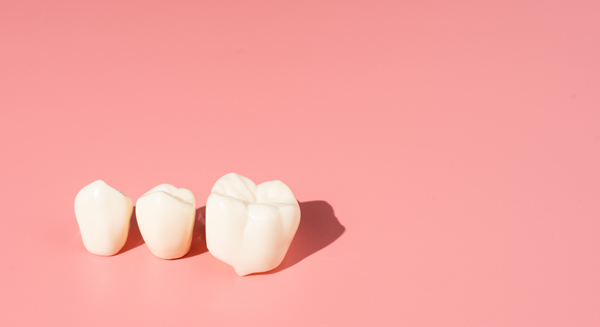Digital Dentistry for Dental Crowns

Digital dentistry has been around for several years, but it is becoming a more popular and common way to make models of the mouth. From these images, the dentist can create crowns in the office. This means you will not have to come in for multiple appointments and wait for weeks before getting a crown on your damaged tooth. There are other benefits and advantages to this approach. Your dentist can help you know whether this technique makes sense for your needs.
Crowns and their purpose
Dental crowns are one of the most common treatments for damaged and severely decayed teeth. These caps go completely over a tooth, protecting it from further damage. Crowns also stabilize weakened teeth and keep additional decay and infection from affecting the tooth. The dentist may choose a crown for a broken, chipped, or cracked tooth. Crowns are also handy to place over a tooth where a root canal was performed. Some patients even choose crowns to whiten teeth.
How digital dentistry works
Before dentists used digital images to create crowns, the process was longer. The dentist would take X-rays but would make a model of the mouth using a plaster-type substance. The model would go to a lab, where a technician would create the crown. It could take several weeks before the crown was ready. In the meantime, the patient would get a temporary crown.
With same-day crowns, the dentist can take 3D images instead of making impressions. The images then go to a computer-aided machine, which then communicates with a milling unit to make the crown. This is ordinarily made out of ceramic or porcelain using this method. A patient’s visit to the dentist to get a crown can take around an hour using these techniques.
Preparation
Before sending the image to the computer, the dentist must reshape the person’s tooth so that the crown will fit. The dentist then ensures that the crown will match the surrounding teeth and their color, size, and shape. The dentist can make any adjustments if necessary. The dentist will use cement to bond the crown over the tooth. Like with traditional crowns, in digital dentistry, the dentist will use light to cure the cement, allowing it to harden quickly.
Follow-up
The patient will not have to return for further crown work when the office uses digital dentistry. However, the dentist may choose to follow up with the patient a few weeks after the procedure. The dentist will make sure the crown fits comfortably. The patient can report any discomfort or pain at this point.
Care and maintenance
Digital dentistry allows the patient to get the crown in place faster. The cap will be durable and allow the patient to eat most foods. It also restores the person’s smile and full function of the mouth. Continually good oral hygiene and limiting hard, chewy, and sticky foods will extend the life of the crown.
A more convenient way to get a crown
Thanks to digital dentistry practices, you no longer have to wait for several weeks and make multiple visits to the dentist’s office to get a crown. Using 3D technology, the dentist can create the crown in the office during your appointment. If you need a crown, ask your dentist about this method. You could be a good candidate.
Are you considering digital dentistry in the Lansing area? Get more information at https://www.ddslansing.com.
Check out what others are saying about our dental services on Yelp: Digital Dentistry in Lansing, MI.
Related Posts
Are you considering getting a dental bridge to replace a missing tooth? This prosthetic can work wonders, but like with all prosthetics, you might be wondering how you are supposed to maintain it so it lasts forever. Continue reading to find out more.Here are a general dentist's tips about caring for dental bridges. Reviewing this…
A healthy, complete smile is not only about looking good but is also important for your overall well-being. Dental bridges can help restore the appearance and function of your teeth. However, common misconceptions about these replacement options can prevent people from understanding their benefits. Let us debunk some common myths about dental bridges.While dental bridges…
Dental bridges are an effective option for people missing teeth due to trauma, infection, or decay. They can prevent the teeth from shifting, a common side effect of missing teeth. They also restore normal oral function and appearance. Here are a few types of dental bridges a dentist might consider.A traditional dental bridge is the…
Single-tooth replacement is important for oral health and the appearance of the smile. The dental bridge is one of the most popular options for individual tooth replacement. Here is a closer look at why single-tooth replacement is crucial and the advantages of a dental bridge.Having just one missing tooth visible when smiling can make someone…
